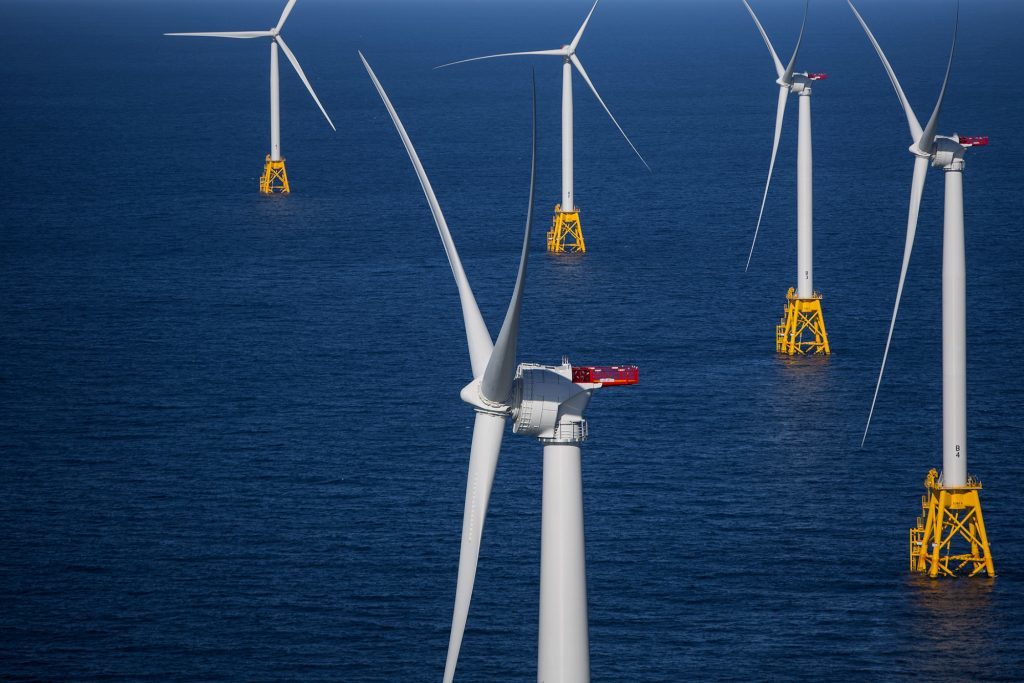
Offshore Wind, a publication as specialist as the name suggests, declared itself “astounded” by the outcome of the latest round of Contract for Difference auctions. The rest of us are therefore entitled to raise our eyebrows and to speculate upon the implications that will flow from this event.
Two offshore projects – one of them in the Moray Firth – were awarded CfD contracts at a strike price of #57.50. Given that the lowest strike price for offshore wind in the first CfD auction was #114.39, it seems that the price has halved within just two years. By any standards, that is spectacular.
A couple of caveats have to be entered. These awards (which are set at 2012 prices) are for 2022-23 and will be spread over three phases, each attracting the same price. So the CfD award not only reflects a cost reduction trend but also anticipates what will happen over the next six to eight years, which is a very long time in the fast-moving world of renewables technology.
Also, the projects involved still represent the low hanging fruit of offshore wind, relatively close to shore and thus less difficult to maintain. Whether this precipitous drop in the cost of offshore wind can be applied more generally remains to be seen. For the time being though, the pointers head in only one direction – downwards.
Indeed, as Keith Patterson of Brodie’s has pointed out, the reduction in “subsidy” is even greater than the headline figure suggested. With a market price of between #40-45 per megawatt hour, a strike price of #57.50 includes only #15 on average in subsidy which is less than a quarter of what it was in the first auction two years ago.
Headlines have concentrated on the comparison between offshore wind and new nuclear with Hinkley Point based on a guaranteed price of #92.50 per megawatt hour. In truth, this playing-off is unhelpful to the debate as the need for low-carbon baseload to complement renewables remains compelling. As I have long argued, renewables and nuclear should not be seen as competitors but two sides of the same low-carbon coin.
The highly competitive CfD system is clearly proving successful in driving prices down and therefore value for consumers upwards. Indeed, the result of the current round yielding unexpectedly low bids is that the “pot” which includes offshore wind has been considerably underspent, to the tune of more than #100 million.
There is no shortage of options for the utilization of that money but the temptation to “keep the spare change” will also be strong. With rising electricity bills a focus for political controversy, the prize of cutting the add-on cost that renewables generation contributes will be tempting, particularly to the Treasury.
Scotland has a keen interest in this new scenario. The fact remains that we are not well off for offshore wind sites in reasonably accessible depths, compared to the south of the UK. With grants of CfD increasingly competitive, it becomes even more important from an economic standpoint that we make the most of the few potential offshore projects that can be developed any time soon.
That takes me back to the extraordinary story of Neart an Gaoithe project off the Fife coast which continues to be blocked by the objections of the RSPB. Indeed, “objections” scarcely does justice to their behaviour. Having lost the argument through both the democratic planning process and the Scottish legal system, they are now planning to take their complaints about process to the Supreme Court in London.
A coalition of interests which supports the project has been making the counter-argument with some force. But surely it is RSPB members themselves who should be questioning the position that the organisation’s Scottish officials have adopted. By universal consent, climate change does a lot more damage to birds than any windfarm and, in principle, the RSPB accept that.
In this case, however, their attitude appears completely irrational. The opportunity to obstruct only arose because the Scottish Government consented four projects in the area at the one time. However, only one of them – Neart na Gaoithe – is in a position to proceed because it is the only one with CfD. That helps explain why it is so important for the Scottish economy.
The Scottish Government is not short of statutory advisers on environmental impacts – SNH, Marine Scotland and so on. After various accommodations, they were satisfied that the project should go ahead on the balance of argument. For the RSPB, a non-statutory charity, to set itself above that system and go all the way to the Supreme Court in an effort to frustrate it, raises serious questions about the organisation’s view of itself.
Another urgent concern involves the prospects for “islands wind” – a saga that has been running now for nearly two decades. It seems that all parties – UK and Scottish Governments, Ofgem and SSE/SHETL – are now generally agreed that something should happen, but the cost of interconnectors and the subsidy required to meet it remains the big issue.
Hopefully, the excitement over offshore wind will not serve as a distraction. The case for “islands wind” is social and economic as much as environmental. It makes sense to harness an outstanding natural resource and to allow the most peripheral parts of the country to share in the economic benefits of the renewables industry rather than exclude them on grounds of distance from markets.
So there are plenty big decisions to be taken but the backdrop is that we are going to need all the power we can get over the next few decades. The success that is now being hailed for offshore wind is testimony to the consistency of supportive public policy over a prolonged period. There is a lesson to be learned from that for other aspects of energy policy.
Recommended for you
